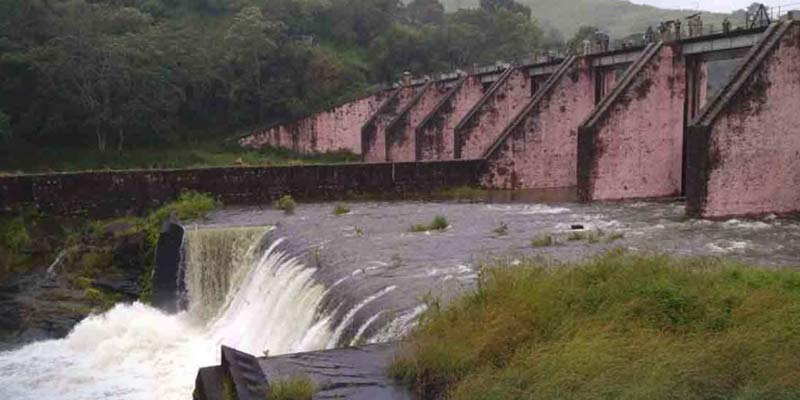- India
- Jan 09
- Kevin Savio Antony
What is Dam Safety Act?
• In a case over Mullaperiyar Dam, the Supreme Court expressed shock and said despite the Dam Safety Act passed by Parliament in 2021, the executive was yet to rise from its slumber.
• A bench of Justices was informed that the Centre was yet to constitute a national committee for the dam's safety prescribed under the law.
• The bench observed under Section 5(2) of the Dam Safety Act, a national committee comprising members prescribed under Section 5(1) was required to be constituted within a period of 60 days from the date of the law’s commencement, and it was required to be reconstituted every three years thereafter.
• The committee was mandated to be chaired by the Central Water Commission Chairperson, with representatives from both the Centre and States, as well as specialists in dam safety.
• The committee’s tasks included developing policies and standards to prevent disasters caused by dam failures.
• The safety of the dam witnessed several rounds of litigation in the apex court and has remained a bone of contention between Kerala and Tamil Nadu as its water is considered a lifeline for five Tamil Nadu districts.
Dam Safety Act
• The Dam Safety Act addresses longstanding concerns about the safety of major dams across India.
• Effective from December 2021, it aims to prevent dam failure disasters through measures such as surveillance, inspection, operation, and maintenance.
• The Act establishes institutional mechanisms to ensure the safe functioning of dams.
• The Act applies to dams over 15 meters in height and those between 10 and 15 meters with specific stipulations.
Institutional Mechanism:
National Level Bodies:
1) National Committee on Dam Safety (NCDS):
• Develops policies and recommends regulations for dam safety standards.
2) National Dam Safety Authority (NDSA):
• Implements the policies set by the NCDS.
• Provides technical assistance to State Dam Safety Organisations (SDSOs).
• Resolves disputes involving SDSOs.
State Level Bodies:
1) State Dam Safety Organisations (SDSOs):
• Perform constant surveillance, inspection, and monitoring of dams within the state.
2) State Committee on Dam Safety:
• Oversees state dam rehabilitation programs.
• Reviews the activities of the SDSOs and ensures the implementation of dam safety measures.
Dam owners are accountable for:
• Safe construction, operation, maintenance, and supervision of dams.
• Establishing a dam safety unit for regular inspections before and after the monsoon season, and in the event of natural calamities like earthquakes and floods.
Functions include:
• Preparing emergency action plans.
• Conducting risk assessments at specified intervals.
• Preparing comprehensive dam safety evaluations through a panel of experts.
Offences and Penalties:
• Obstruction of Duties: Anyone obstructing a person in the discharge of duties under the Act or refusing to comply with directions may face imprisonment of up to one year.
• Loss of Life: If the obstruction or non-compliance results in loss of life, the offender may face imprisonment for up to two years.
Issues associated with the Act:
• The Act applies to all specified dams, including those on rivers that are entirely within a single state.
• According to the Constitution of India, the states have the authority to legislate on water-related matters, including water storage and water power, under Entry 17 of the State List.
• However, Parliament can regulate inter-state rivers or valleys if deemed necessary in the public interest, under Entry 56 of the Union List.
• The issue arises as to whether Parliament has the jurisdiction to legislate on dams located on intra-state rivers, given that water-related matters fall under the states’ purview. This raises questions about the balance of power between the Union and States regarding water management and dam safety.
(The author is a trainer for Civil Services aspirants.)

